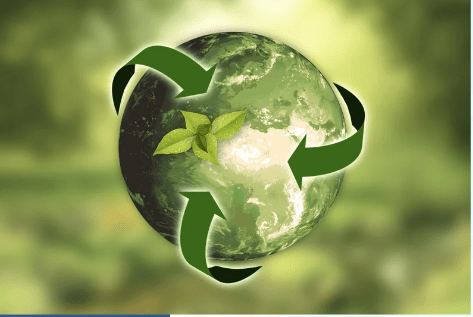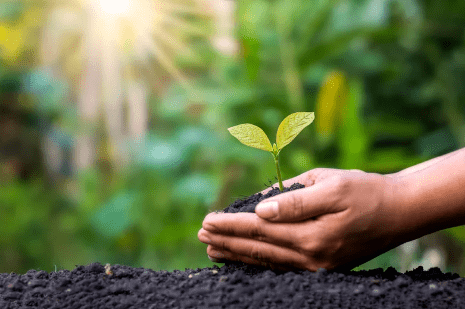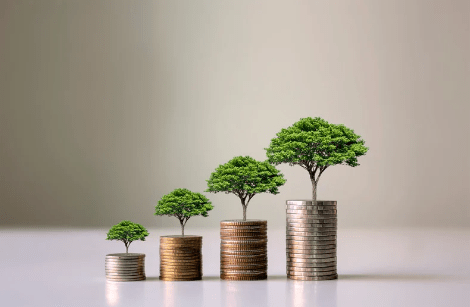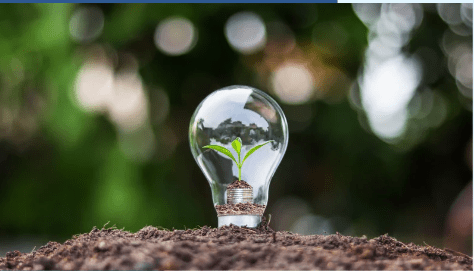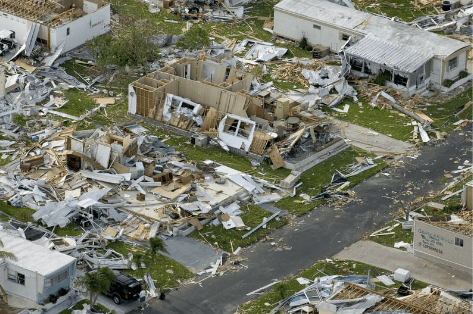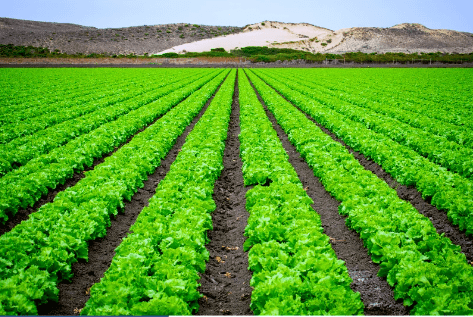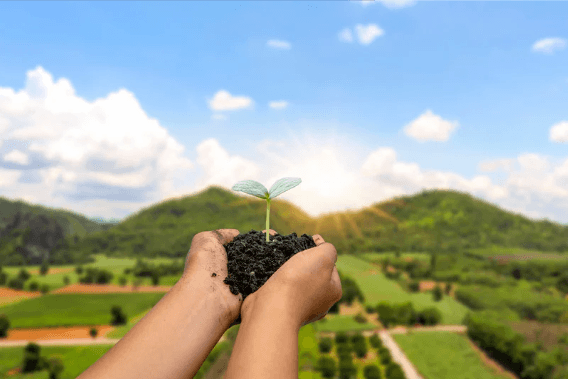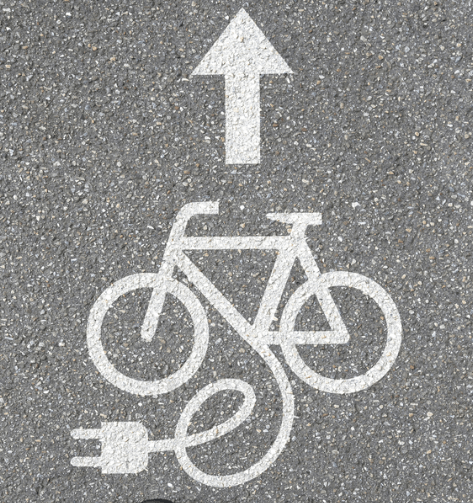



 Lo sviluppo sostenibile “nasce” nel 1987, lo si trova definito nel Rapporto Brundtland della Commissione Mondiale per l’Ambiente e lo Sviluppo come “uno sviluppo che soddisfi i bisogni del presente senza compromettere la possibilità delle generazioni future di soddisfare i propri”. Diciotto anni dopo, il Summit mondiale sullo sviluppo sostenibile (2005) ne ha individuato gli obiettivi, tra cui lo sviluppo economico, lo sviluppo sociale e la tutela dell’ambiente. È del 2015 l’Agenda 2030 per lo Sviluppo Sostenibile, un programma d’azione per le persone, il pianeta e la prosperità, sottoscritta dai governi dei 193 Paesi membri delle Nazioni Unite, e approvata dall’Assemblea Generale dell’ONU. L’Agenda è costituita da 17 Obiettivi per lo Sviluppo Sostenibile, articolati in 169 target o traguardi da raggiungere in ambito ambientale, economico, sociale e istituzionale entro il 2030. La sostenibilità è un approccio giovane, dunque. Che cosa significa il termine in pratica? A darci una mano è l’etimologia del termine “sostenibilità” (occhio che è interessante!): in italiano il termine deriva dal verbo latino verbo latino “sustĭneo, sustinēre”, che significa resistere, durare ma anche sostenere, sorreggere, sopportare, proteggere e nutrire. In inglese è un po’ diverso, e l’etimologia fornisce una interessante, nonché semplice, chiave di lettura: sustainability mantiene i significati “latini”, ma in un caso applica un concetto che nella sostenibilità è essenziale; sustain viene chiamato il pedale che nel pianoforte prolunga il suono. Ecco dunque che sostenibile è anche qualcosa che deve avere la caratteristica di durare nel tempo. Riassumendo: i tre pilastri della sostenibilità sono economia, società ambiente. La sostenibilità attraversa, per essere applicata, ogni ambito disciplinare: dalla medicina all’ingegneria, dall’architettura all’agricoltura, dalle energie alla geologia, dall’economia alla gestione dei rifiuti, dalla progettazione europea alla filiera alimentare. Ma i tre pilastri sono condizione necessaria ma non ancora sufficiente, perché abbiamo bisogno di un quarto pilastro: la formazione, lo studio scientifico, l’apprendimento. Lo sviluppo sostenibile non esiste senza il radicamento sui territori di una cultura della sostenibilità, che attraversi tutti i campi del sapere. Peccato che nei programmi degli insegnamenti di secondo grado la sostenibilità sia assente. La ricca e variegata offerta che qui proponiamo va in questa direzione: promuovere la cultura della sostenibilità a partire dalle ragazze e dai ragazzi che sono ancora negli anni di studio che precedono l’università. Una carrellata scientifica che con linguaggio adeguato offre l’opportunità di “farsi un’idea” e contribuisce a stimolare la curiosità, nonché a fornire gli elementi per le future scelte individuali.
Lo sviluppo sostenibile “nasce” nel 1987, lo si trova definito nel Rapporto Brundtland della Commissione Mondiale per l’Ambiente e lo Sviluppo come “uno sviluppo che soddisfi i bisogni del presente senza compromettere la possibilità delle generazioni future di soddisfare i propri”. Diciotto anni dopo, il Summit mondiale sullo sviluppo sostenibile (2005) ne ha individuato gli obiettivi, tra cui lo sviluppo economico, lo sviluppo sociale e la tutela dell’ambiente. È del 2015 l’Agenda 2030 per lo Sviluppo Sostenibile, un programma d’azione per le persone, il pianeta e la prosperità, sottoscritta dai governi dei 193 Paesi membri delle Nazioni Unite, e approvata dall’Assemblea Generale dell’ONU. L’Agenda è costituita da 17 Obiettivi per lo Sviluppo Sostenibile, articolati in 169 target o traguardi da raggiungere in ambito ambientale, economico, sociale e istituzionale entro il 2030. La sostenibilità è un approccio giovane, dunque. Che cosa significa il termine in pratica? A darci una mano è l’etimologia del termine “sostenibilità” (occhio che è interessante!): in italiano il termine deriva dal verbo latino verbo latino “sustĭneo, sustinēre”, che significa resistere, durare ma anche sostenere, sorreggere, sopportare, proteggere e nutrire. In inglese è un po’ diverso, e l’etimologia fornisce una interessante, nonché semplice, chiave di lettura: sustainability mantiene i significati “latini”, ma in un caso applica un concetto che nella sostenibilità è essenziale; sustain viene chiamato il pedale che nel pianoforte prolunga il suono. Ecco dunque che sostenibile è anche qualcosa che deve avere la caratteristica di durare nel tempo. Riassumendo: i tre pilastri della sostenibilità sono economia, società ambiente. La sostenibilità attraversa, per essere applicata, ogni ambito disciplinare: dalla medicina all’ingegneria, dall’architettura all’agricoltura, dalle energie alla geologia, dall’economia alla gestione dei rifiuti, dalla progettazione europea alla filiera alimentare. Ma i tre pilastri sono condizione necessaria ma non ancora sufficiente, perché abbiamo bisogno di un quarto pilastro: la formazione, lo studio scientifico, l’apprendimento. Lo sviluppo sostenibile non esiste senza il radicamento sui territori di una cultura della sostenibilità, che attraversi tutti i campi del sapere. Peccato che nei programmi degli insegnamenti di secondo grado la sostenibilità sia assente. La ricca e variegata offerta che qui proponiamo va in questa direzione: promuovere la cultura della sostenibilità a partire dalle ragazze e dai ragazzi che sono ancora negli anni di studio che precedono l’università. Una carrellata scientifica che con linguaggio adeguato offre l’opportunità di “farsi un’idea” e contribuisce a stimolare la curiosità, nonché a fornire gli elementi per le future scelte individuali.
 Sustainable development “was born” in 1987, it is defined in the Brundtland Report of the World Commission for Environment and Development as “development that meets the needs of the present without compromising the ability of future generations to meet their own”.
Sustainable development “was born” in 1987, it is defined in the Brundtland Report of the World Commission for Environment and Development as “development that meets the needs of the present without compromising the ability of future generations to meet their own”.
Eighteen years later, the World Summit on Sustainable Development (2005) identified its objectives, including economic development, social development and environmental protection.
The 2030 Agenda for Sustainable Development dates back to 2015, an action program for people, the planet and prosperity, signed by the governments of the 193 member countries of the United Nations, and approved by the UN General Assembly. The Agenda consists of 17 Sustainable Development Goals, broken down into 169 targets or goals to be achieved in the environmental, economic, social and institutional fields by 2030.
Sustainability is therefore a young approach. What does the term mean in practice? The etymology of the term “sustainability” lends us a hand (watch out, that’s interesting!): in Italian the term derives from the Latin verb “sustĭneo, sustinēre”, which means to resist, to last but also to sustain, support, endure, protect and feed. In English it is a little different, and the etymology provides an interesting, as well as simple, interpretation key: sustainability maintains the “Latin” meanings, but in one case applies a concept that is essential in sustainability; sustain is called the pedal that in the piano prolongs the sound. Hence, sustainable is also something that must have the characteristic of lasting over time.
In summary: the three pillars of sustainability are economy, society and the environment. Sustainability crosses every disciplinary area in order to be applied: from medicine to engineering, from architecture to agriculture, from energy to geology, from economics to waste management, from European planning to the food chain. But the three pillars are a necessary but not yet sufficient condition, because we need a fourth pillar: training, scientific study, learning.
Sustainable development does not exist without the local roots of a culture of sustainability, which crosses all fields of knowledge. It is a pity that sustainability is absent in the second-grade teaching programmes.
The rich and varied offer that we propose here goes in this direction: to promote the culture of sustainability starting with girls and boys who are still in the years of study preceding university. A scientific roundup that with appropriate language offers the opportunity to “get an idea” and helps to stimulate curiosity, as well as provide the elements for future individual choices.






